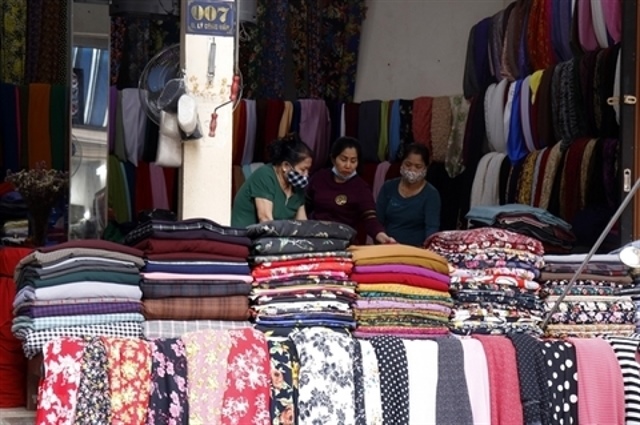Interest rates unlikely to drop further
Interest rates unlikely to drop further
Interest rates may not be lowered for fear that local consumers will stop depositing their money in banks.

Ngo Quang Luong, a senior official from the State Bank of Vietnam (SBV), said at a recent seminar that the Bank for Foreign Trade of Vietnam (Vietcombank)’s recent adjustments to deposit interest rates has enabled the bank to offer some of the lowest lending rates at present.
Easy input but minimal output
Deputy Director of the Banking Academy, To Ngoc Hung, said banks are currently enjoying an abundance of capital thanks to Government incentives to inject more funds into the national economy.
Many businesses have changed their operational formats and are seeking new investment opportunities, but quite a few are still facing difficulties and finding it hard to make a profit. Therefore, banks must carefully consider what businesses actually need in terms of capital.
“This is the core matter the banking industry needs to address in order to stimulate credit growth,” Hung noted.
Nguyen Duc Huong, Deputy Chairman of Lien Viet Post Joint Stock Commercial Bank (LienVietPostBank), said banks are enjoying abundant capital resources but they face a “liquidity trap” that is more dangerous than a rising bad debt ratio. “If the lending rate drops to less than 9 percent and deposit rates are reduced to 6 percent, customers will buy US dollars or invest in the stock market instead of putting their money in banks. As a result, banks could get caught in a trap,” he analyzed.
A recent Banking Academy survey showed that Vietnam’s aggregate demand growth in the first quarter of this year was rather low and State budget investment fell by 4.9 percent from the same period last year.
According to the survey, interest rates do not play a key role in boosting credit growth. It reported that nearly 70 percent of businesses can handle a rate of more than 12 percent.
The fact is that banks are in a fix to offer loans at the adjusted rate of 12 percent for fear of bad debts.
Nguyen Duc Trung, Deputy Head of the Banking Academy’s Institute for Banking Research, attributed low credit growth to a sharp decrease in purchasing power that has led to decreased production and business operations.
Economist Nguyen Tri Hieu expressed his concerns about bank liquidity, saying that the 101-percent ratio between lending and mobilized loans was previously considered a bad rate. However, the current 95-percent figure is regarded as a positive sign. “The fact that credit growth was estimated at 1.5 percent for the past four consecutive months, while mobilized loans grew by more than 5 percent creates a significant challenge,” he said.
Balancing benefits for banks and businesses
Hieu was worried that banks are enjoying benefits as businesses are facing losses. Many banks claim they have high bad debt ratios and losses, yet they still make profits and pay dividends.
Banks should disburse their mobilized capital by offering trust loans for businesses to help them iron snags. In the US, Hieu said, newly-established businesses are allowed to access bank loans despite their losses if their independently audited financial reports are transparent, which is not the case in Vietnam.
He also stressed the need to clearly identify the purpose of loans. “It’s essential for businesses to be audited before they are allowed to get trust loans,” he noted.
Hieu’s view was shared by Mr. Hung from the Banking Academy, who affirmed that top priority should be given to helping businesses continue operating.
It is always difficult to address this thorny problem because businesses cannot pay back their loans, even at a zero interest rate, if they suffer heavy losses.
vov


























